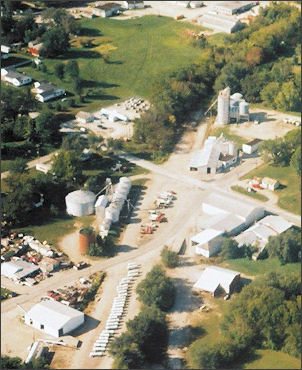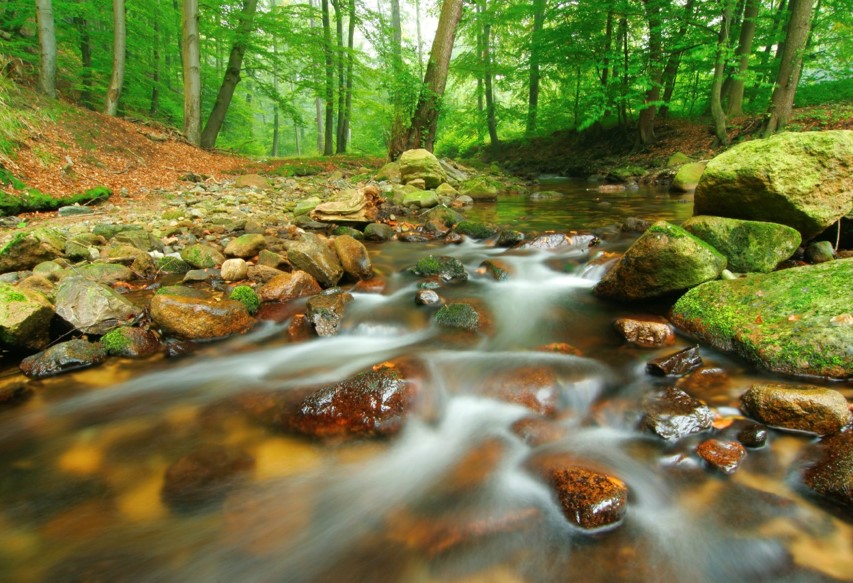Farmers markets: shrinking food’s footprint
by Jennie Saxe
On a sightseeing trip to Washington, DC, my family and I observed two unexpected sights, just steps from the National Mall: a busy farmers market in some valuable downtown parking spaces and huge stalks of corn growing in a small garden plot right next to the sidewalk. Farmers markets and urban gardens are a great way to feed your family healthy foods and protect natural resources at the same time. Reducing the number of steps between you and your food means that less water and energy are needed to get the food onto your dinner table.
The close connection between energy production, water supply, and food production has been described as the “energy-water-food nexus.” In fact, over 94% of water withdrawals in the United States are to support these three sectors. The energy-water connection has been the subject of past Healthy Waters blogs. And we’ve talked about the work that the agriculture community is doing to protect water quality, as well, since our farms are a vital part of our economy that rely on clean water supplies for their livelihoods and to feed the country.
Let’s follow the food to find out how energy, food, and water connections all come together, by focusing on one of a cook’s favorite ingredients: butter. When you think of all of the steps that are involved in producing a stick of butter – from irrigation for the crops that feed the cows, to the processing of the butter itself, and its transport to your supermarket – energy and water are intricately involved in every step along the way. Globally, the water footprint of butter is estimated to be 5,553 liters of water per kilogram of butter. That is equivalent to about 167 gallons per quarter-pound stick – enough water to fill about 4 standard-sized bathtubs!
What if there were fewer steps in the process? Imagine that the cows are grazed on grass pastureland, instead of on delivered feed and that the butter was made locally. Farmers markets bring fresh, local food right into the heart of communities, while minimizing the impact on our natural resources.
While doing some research on the miniature corn field and farmers market that I stumbled upon, I found out that this week, August 2-8, was proclaimed National Farmers Market Week by the US Department of Agriculture. This week, get out to meet the hard-working farmers that grow your food at a farmers market near you!
About the author: Dr. Jennie Saxe joined EPA in 2003 and works in the Water Protection Division on sustainability programs. If your community is looking for assistance in developing a local food system, EPA’s Smart Growth program is accepting applications for Local Foods, Local Places technical support. Check out the announcement for details; applications must be received by September 15, 2015.








